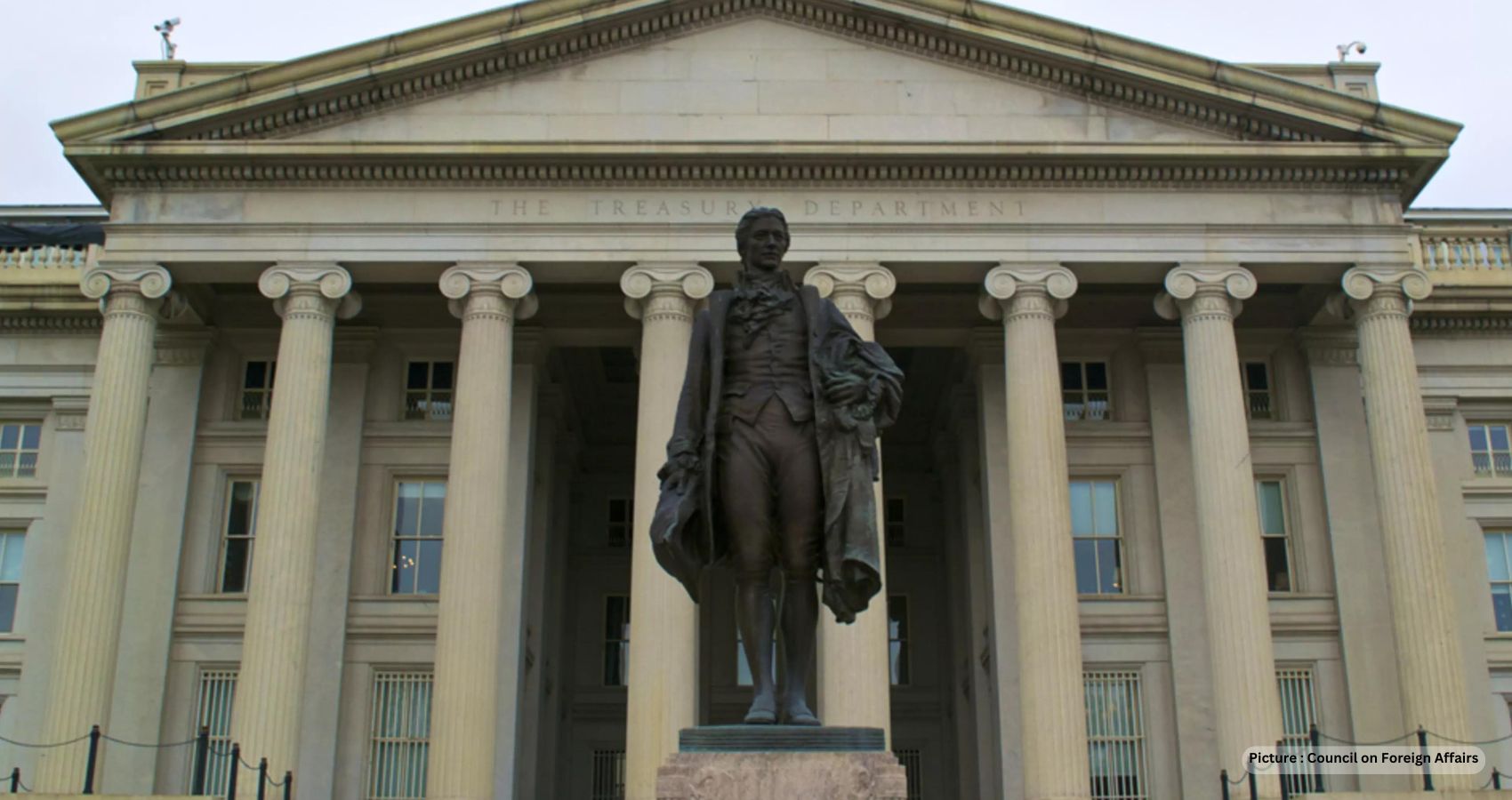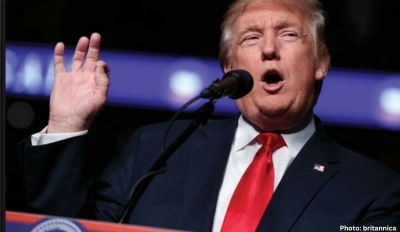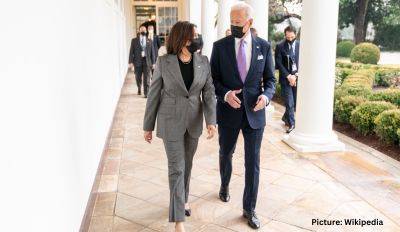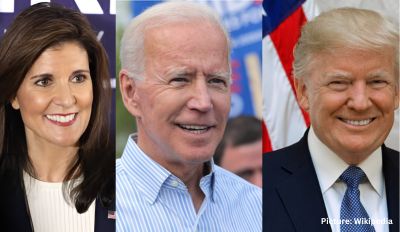The United States has consistently maintained a high trade deficit for decades, raising questions about how the country manages to avoid economic repercussions that typically accompany such imbalances. This article delves into the factors that enable the US to sustain these high deficits without experiencing financial collapse.
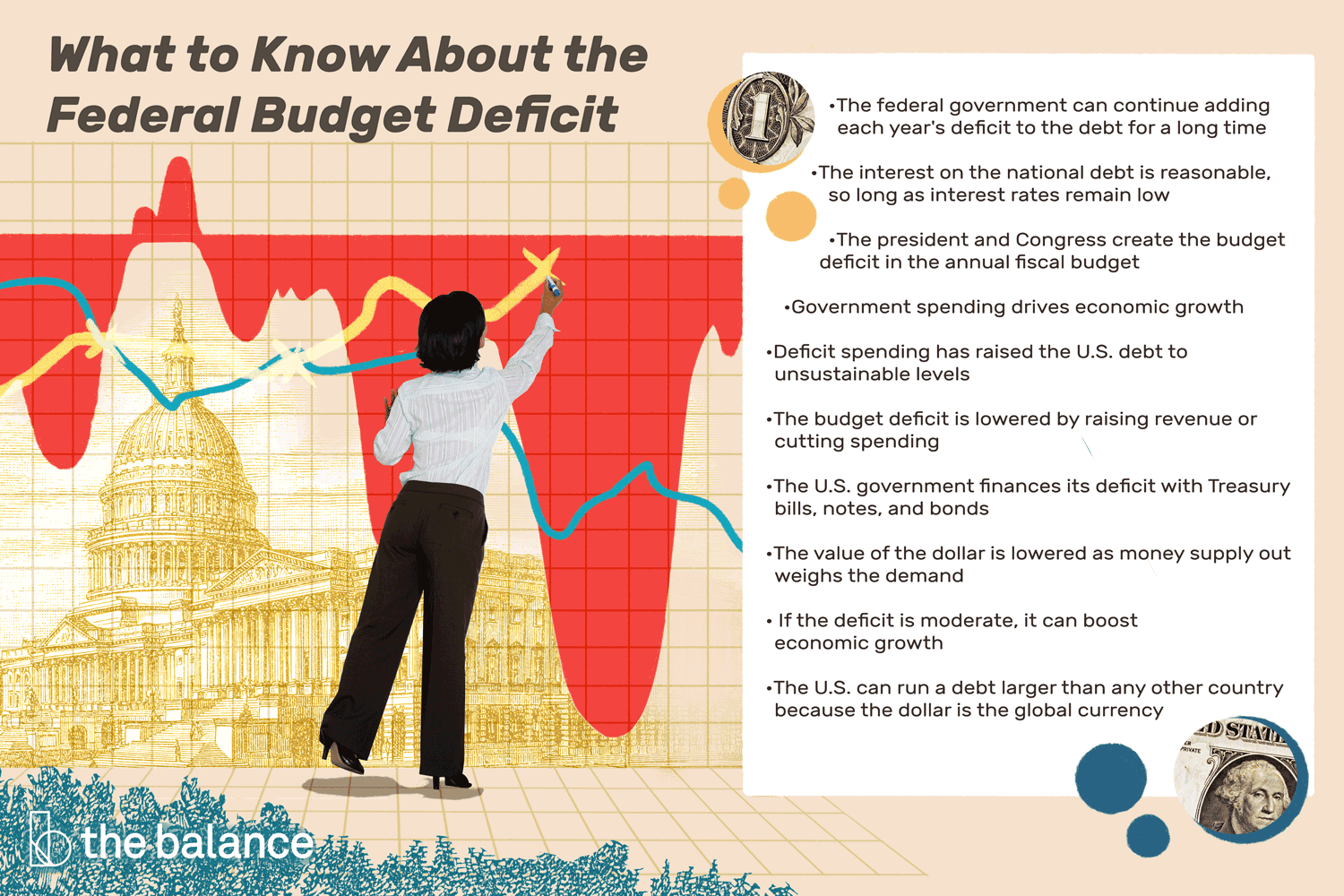
One of the primary reasons the US can maintain high trade deficits is the dominance of the US dollar as the world’s reserve currency. Central banks across the globe hold their foreign exchange reserves in dollars, contributing to the currency’s stability and demand. This status allows the US to run persistent trade deficits without causing a depreciation in its currency value.
Another factor that enables the US to support high trade deficits is the inflow of foreign investments. International investors view the US as a safe haven for their capital due to the country’s strong and stable economy. These investments help finance the trade deficit by providing an influx of foreign funds, which offsets the negative effects of the deficit on the US economy.
The US economy is driven primarily by domestic consumption, which accounts for approximately 70% of its GDP. This strong demand for goods and services helps offset the trade deficit by creating a robust market for imports. As a result, the US can continue importing goods from other countries without significantly harming its own industries.
The US is a global leader in innovation and technological advancements, which contribute to the country’s overall economic strength. These innovations attract foreign investments and facilitate the export of high-value goods and services, such as software, pharmaceutical products, and aerospace technology. This, in turn, helps to mitigate the impact of the trade deficit on the US economy.
The US government’s fiscal policies also play a role in managing the trade deficit. By implementing policies that promote economic growth, the government can stimulate demand for goods and services. Additionally, the US Federal Reserve’s monetary policies influence interest rates and the money supply, which can impact the trade deficit indirectly.
Despite maintaining a high trade deficit, the United States has managed to avoid the economic pitfalls often associated with such imbalances. Factors such as the US dollar’s status as a global reserve currency, foreign investment, strong domestic demand, innovation, and government fiscal policies all contribute to the country’s ability to sustain these deficits. However, it is essential to continue monitoring the trade deficit and its potential long-term impacts on the US economy.

